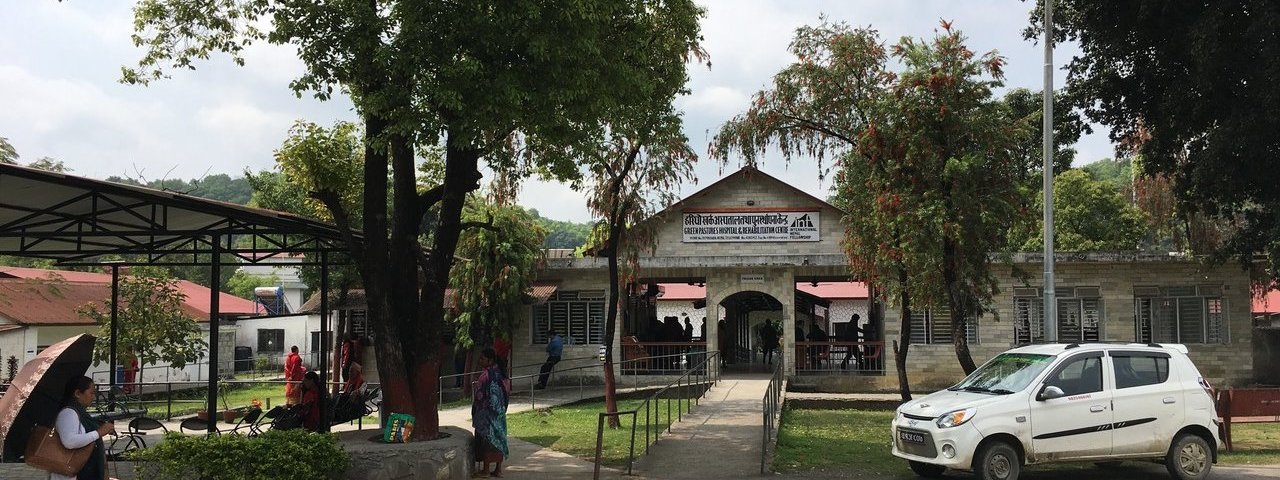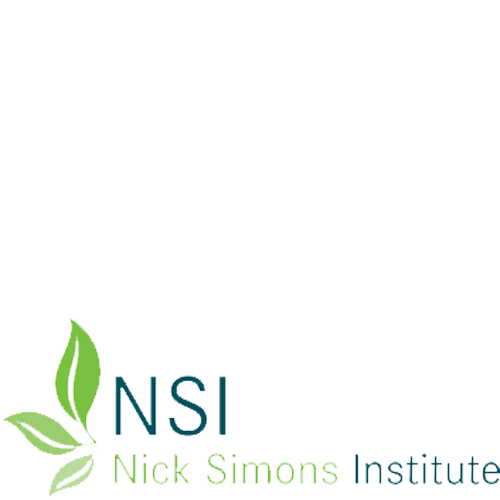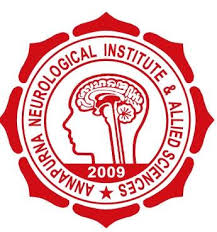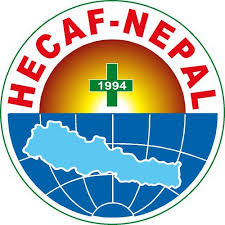A major challenge for hospitals in Low- and Middle-Income Countries (LMICs) is to keep medical equipment functional on the long run. Equipment often fails in short time of use. In Nepal, we encounter various reasons for this:
- ·Most equipment is designed to operate in well-defined conditions that are not met in LMIC settings.
- Maintenance is not well-managed:
- Maintenance is not done regularly
- Maintenance personnel is insufficiently trained, too little knowledge.
- No Biomedical Technicians or Engineers employed by the hospital
- No proper procedures or workflow for maintenance
- Users that do not know how to operate equipment
- There is no up-to-date inventory of equipment and spare parts, and no track record of equipment history.
- If there is an inventory, it is often on paper, outdated, or not structurally used.
- Software to keep track of maintenance and inventory is often too expensive, is an administrative burden, or there is little motivation to keep it up-to-date.
- Limited data is available about what equipment each country or hospital actually has, and in what condition it is. This makes it difficult for governments or NGOs to see the needs of the healthcare sector to address their burden of diseases.
Our projects aim to address this issue on multiple levels and in partnership with local parties such as Nick Simons Institute (NSI), Annapurna Neuro Hospital (ANH), Healthcare Foundation Nepal (HECAF), and Green Pastures Hospital (GPH).
Global data on Management and Maintenance of Medical Equipment Inventory
This project aims to develop a suitable, low-cost (or free) software package that makes management and maintenance of equipment easier and more affordable for hospitals. Intrinsic motivation techniques will be implemented to help users make maximum use of its functionality. Moreover, selected parts of the data will be sent to a worldwide database. This will be a valuable source of information for researchers, governments, manufacturers, WHO, and NGOs providing up-to-date figures around equipment inventory, status, maintenance, problems, etc. This project is in collaboration with NSI.
Affordable and accessible online training
A further step in increasing equipment availability is in training of both biomedical technicians and clinical users. A lot of problems are not actually problems, but unawareness of clinical users on how to operate equipment. That could be addressed by clinical user training. On the other hand, for actual problems the biomedical technicians and engineers need to be trained. For both target groups, the training needs to be accessible and affordable. We believe that online supplied training with offline support offers great options for this. The training platform can provide theory to applicants, and score their knowledge using tests. This score can be used to keep track of their knowledge as well as a way to motivate participants. Participants can compare their scores to peers to keep up with their peers, and managers can keep track of their workers to see where they should develop. Also, on a higher level governments could keep track of their country’s workforce, and researchers/WHOs can use the data to steer their projects. This project is in collaboration with NSI.
A further step in increasing equipment availability is in training of both biomedical technicians and clinical users. A lot of problems are not actually problems, but unawareness of clinical users on how to operate equipment. That could be addressed by clinical user training. On the other hand, for actual problems the biomedical technicians and engineers need to be trained. For both target groups, the training needs to be accessible and affordable. We believe that online supplied training with offline support offers great options for this. The training platform can provide theory to applicants, and score their knowledge using tests. This score can be used to keep track of their knowledge as well as a way to motivate participants. Participants can compare their scores to peers to keep up with their peers, and managers can keep track of their workers to see where they should develop. Also, on a higher level governments could keep track of their country’s workforce, and researchers/WHOs can use the data to steer their projects. This project is in collaboration with NSI.
Guided maintenance
Sometimes it is helpful to have the opinion of others on your problem with equipment. Or having a tool that guides you through the process of maintenance or troubleshooting and repairing by step-by-step guidance to isolate and solve the problem. Users can create a knowledgebase themselves to share their best practices, and help each other troubleshooting their issues. This knowledgebase should also involve support organizations of manufacturers or NGOs to bring together even more knowledge and best practices. This project is in collaboration with NSI.
Contextualized Sustainable Equipment
A lot of equipment has been developed for application in western conditions. In LMICs the conditions are often different, making equipment fail too early. And resources to run the equipment for long time are often unavailable. Think of resources like maintenance/user knowledge, money, spare parts, consumable parts, maintenance personnel, etc. Therefore, it is important to develop equipment that is of good quality and function, but that is designed for use in the local conditions, with local technology, and that is made from locally available components/parts/materials. Various projects are running with various organizations/institutes in Nepal depending on their needs. Example projects are: analyzing equipment failures (at NSI), making custom made ear implants as alternative to expensive industry made implants (at GPH), contributing to waste management designing a low-cost needle cutter (at HECAF), replacing some plastic parts with 3D printed parts (at ANH).
 Partners
Partners





